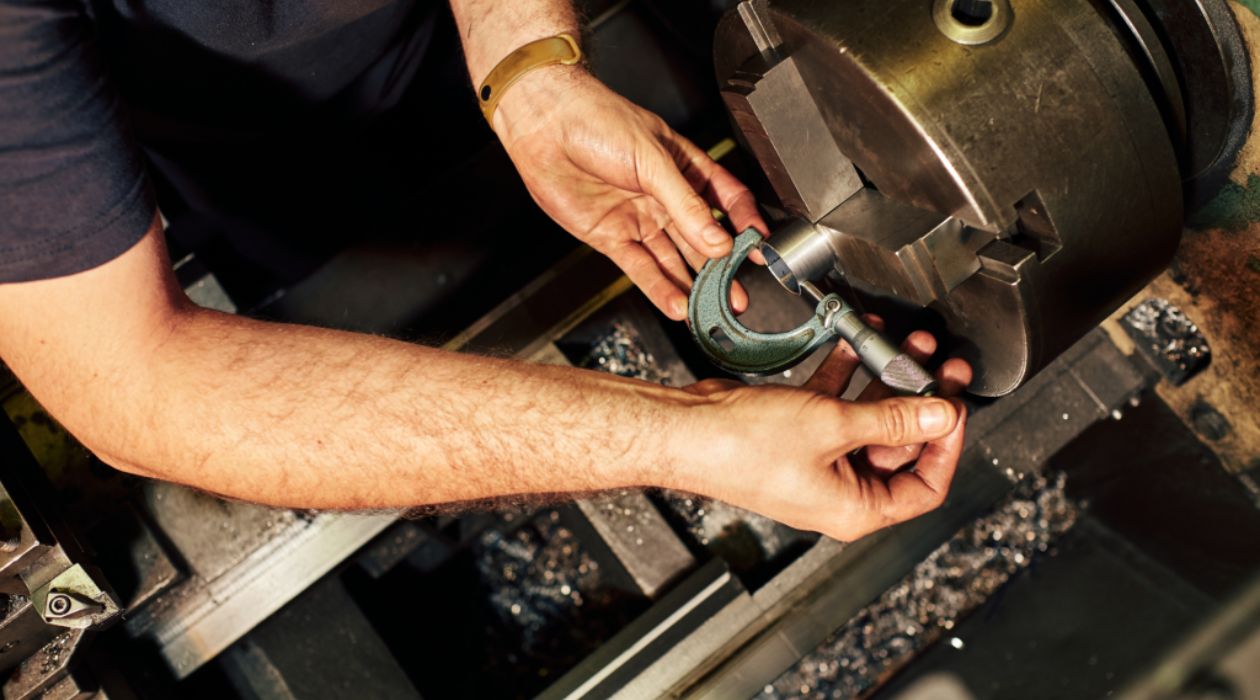

Articles
How Anthropometry Help Hand Tools For Workers
Modified: January 6, 2024
Improve worker productivity and safety with anthropometry-inspired hand tools. Explore our informative articles for insights and recommendations.
(Many of the links in this article redirect to a specific reviewed product. Your purchase of these products through affiliate links helps to generate commission for Storables.com, at no extra cost. Learn more)
Introduction
Hand tools play a crucial role in various industries, from construction and manufacturing to healthcare and agriculture. These tools are essential for completing tasks efficiently and effectively. However, the design and usability of hand tools can greatly impact the comfort and safety of workers. This is where anthropometry comes into play.
Anthropometry is the science of measuring and analyzing the physical dimensions and proportions of the human body. It involves the study of body measurements, such as height, weight, limb lengths, and joint movements. The data obtained from anthropometric studies are used to create designs that are tailored to the human body’s natural movements and capabilities.
In the context of hand tool design, anthropometry plays a vital role in ensuring that tools are ergonomically optimized to fit the user’s body. This involves considering the range of motion, grip strength, and body posture that individuals naturally adopt while using hand tools. By incorporating anthropometric data into the design process, tool manufacturers can create products that are comfortable, safe, and efficient to use.
Key Takeaways:
- Anthropometry is essential in hand tool design, ensuring ergonomic tools that reduce fatigue, prevent injuries, and improve user performance by considering natural body movements and dimensions.
- The future of hand tool design lies in personalized, adaptable tools, leveraging advancements in technology and user-centric approaches to optimize comfort, performance, and safety.
Read more: In Which Economic System Do Workers Often Use Hand Tools And Readily Available Natural Resources?
Importance of Anthropometry in Designing Hand Tools
Anthropometry has a significant impact on the design of hand tools. It helps tool manufacturers in several ways:
- Comfort and Reduced Fatigue: By understanding the natural range of motion and body postures of users, anthropometry ensures that hand tools are designed to fit comfortably in the hand. This reduces excessive strain and fatigue, allowing workers to use tools for extended periods without discomfort.
- Injury Prevention: Poorly designed hand tools can lead to various musculoskeletal injuries, such as wrist strains and repetitive strain injuries. Anthropometric data helps identify the optimal dimensions and angles for grips, handles, and levers, reducing the risk of injuries caused by awkward or uncomfortable positions.
- Improved Precision: Hand tools that are ergonomically designed based on anthropometric principles enhance accuracy and precision. When tools fit well in the hand and allow for proper control, users can achieve better results with less effort.
- Increased Productivity: Ergonomic hand tools that consider anthropometric data improve overall productivity. When workers can use tools comfortably and efficiently, they can perform tasks more quickly and effectively, leading to time and cost savings for businesses.
Ergonomic Considerations in Hand Tool Design
Ergonomics plays a crucial role in hand tool design. It involves optimizing the interaction between the user and the tool, considering factors such as anthropometry, biomechanics, and cognitive abilities. Some key ergonomic considerations in hand tool design include:
- Grip Design: Hand tools should have ergonomic handles that fit comfortably and securely in the hand. These handles may incorporate features such as contoured shapes, non-slip materials, and padding to reduce pressure points and improve grip stability.
- Weight and Balance: Hand tools should be appropriately weighted and balanced to minimize user fatigue. Tools that are too heavy or imbalanced can strain muscles and joints, while tools that are too light may lack the necessary force for efficient operation.
- Reach and Range of Motion: Hand tools should be designed to accommodate the natural range of motion and reach capabilities of users. This involves considering factors such as handle length, tool angle, and clearance space to ensure users can comfortably access and operate the tool without excessive stretching or bending.
- Visibility and Feedback: Hand tools should provide clear visibility and feedback to users. This can be achieved through features such as clear markings, digital displays, and tactile indicators, allowing users to accurately position and control the tool.
By integrating these ergonomic considerations, hand tool designers can create products that enhance user comfort, safety, and efficiency.
Definition of Anthropometry
Anthropometry is a scientific discipline that focuses on the measurement and analysis of the physical dimensions and proportions of the human body. It involves the systematic study and collection of body measurements, such as height, weight, limb lengths, joint movements, and body circumferences.
The goal of anthropometry is to understand and document the various physical attributes and characteristics of human beings. By doing so, anthropometric data can be used to develop standards and guidelines for product design, ergonomics, and various other fields that interact with human physiology and anatomy.
The origins of anthropometry trace back to ancient times when ancient cultures were intrigued by the differences and similarities in human physique. However, modern anthropometry as a scientific discipline began to take shape during the late 19th century, thanks to the pioneering work of scientists such as Alphonse Bertillon and Aleš Hrdlička.
Anthropometry has several key measurements that are commonly collected to gain insights into the human body. These measurements include:
- Height: The measurement from the top of the head to the bottom of the feet.
- Weight: The measurement of the body’s mass.
- Lengths: Measurements of specific body segments, such as the length of the arms, legs, or trunk.
- Circumferences: Measurements of body circumferences, such as waist circumference, hip circumference, and head circumference.
- Joint Movements: Measurements of the range of motion of various joints, such as the shoulder, elbow, knee, and ankle.
The process of collecting anthropometric data involves following standardized procedures and utilizing specialized tools, such as calipers, measuring tapes, and height measuring devices. These measurements are often recorded in numerical form and used to create databases and statistical analyses.
Anthropometric data has a wide range of applications across various industries and fields. In product design and ergonomics, anthropometry is used to create designs and physical interfaces that are appropriate for the human body, ensuring comfort, safety, and efficiency. It is also utilized in areas such as healthcare, forensic analysis, clothing and apparel design, and architectural design.
It’s important to note that anthropometry takes into account variations and differences in body dimensions across different populations and demographics. Age, gender, ethnicity, and geographical location all play a role in shaping human body dimensions, and these factors are considered when developing anthropometric standards and recommendations.
Overall, anthropometry serves as a valuable tool in understanding the human body and its interaction with the physical world. By providing in-depth measurements and analysis, anthropometry contributes to the development of products, environments, and services that are tailored to fit the diverse range of human bodies and improve the overall well-being of individuals.
Key Takeaways:
- Anthropometry is essential in hand tool design, ensuring ergonomic tools that reduce fatigue, prevent injuries, and improve user performance by considering natural body movements and dimensions.
- The future of hand tool design lies in personalized, adaptable tools, leveraging advancements in technology and user-centric approaches to optimize comfort, performance, and safety.
Read more: In Which Economic System Do Workers Often Use Hand Tools And Readily Available Natural Resources?
Importance of Anthropometry in Designing Hand Tools
Anthropometry plays a crucial role in the design of hand tools. By considering the physical dimensions and capabilities of the human body, tool manufacturers can create products that are ergonomically optimized for user comfort, safety, and efficiency. Here are some key reasons why anthropometry is important in designing hand tools:
- Comfort and Reduced Fatigue: Hand tools that are designed with anthropometric principles in mind are more comfortable to use for extended periods. By understanding the natural range of motion, grip strength, and body posture of users, tools can be tailored to reduce strain and fatigue. The ergonomic design ensures that tools fit well in the hand, minimizing discomfort and allowing workers to perform tasks with ease.
- Injury Prevention: Poorly designed hand tools can contribute to various musculoskeletal injuries. Anthropometric data helps identify the optimal dimensions and angles for grips, handles, and levers, reducing the risk of injuries caused by awkward or uncomfortable positions. By aligning hand tools with the natural movements and biomechanics of users, the likelihood of strains, sprains, and repetitive strain injuries can be significantly reduced.
- Improved Performance: Ergonomic hand tools, based on anthropometric principles, can enhance overall user performance. When tools fit well in the hand and allow for proper control, users can achieve better precision, accuracy, and efficiency in their work. This can result in higher productivity and improved outcomes.
- Customization and Adaptability: Anthropometric data allows hand tool designers to create products that can be customized or adjusted to fit individual users. This is particularly important in industries where workers have different physical characteristics, such as height or hand size. Adjustable handles, interchangeable grips, and adaptable features can accommodate a diverse range of users, ensuring that tools can be comfortably used by various individuals without compromising performance.
- User Satisfaction: Incorporating anthropometric principles in hand tool design can lead to increased user satisfaction. When tools are designed with users in mind, considering their physical needs and comfort, workers are more likely to enjoy using the tools and feel valued by their employers. This can result in improved morale, higher job satisfaction, and decreased turnover rates.
It is important to note that anthropometry is not a one-size-fits-all approach. Human body dimensions can vary based on factors such as gender, age, ethnicity, and geographical location. Therefore, hand tool designers must consider a diverse range of anthropometric data to create designs that cater to different user populations.
By incorporating anthropometry into the hand tool design process, manufacturers can create tools that are not only functional and efficient but also prioritize the well-being and comfort of the workers who rely on them.
Ergonomic Considerations in Hand Tool Design
When designing hand tools, incorporating ergonomic principles is essential to ensure optimal comfort, safety, and performance for users. By taking into account human factors such as anthropometry, biomechanics, and cognitive abilities, hand tool designers can create products that minimize stress on the body and enhance usability. Here are some crucial ergonomic considerations to keep in mind:
- Grip Design: The grip design of a hand tool is crucial for user comfort and control. The handle should fit comfortably in the hand and provide a secure grip to prevent slipping or loss of control during use. Ergonomic handles may feature contours that conform to the shape of the hand, non-slip materials to enhance grip, and padding to reduce pressure points.
- Weight and Balance: The weight and balance of a hand tool should be carefully considered to minimize user fatigue and optimize usability. Tools that are too heavy can strain the muscles and lead to fatigue, while tools that are too light may lack the necessary force for efficient operation. Achieving an appropriate weight-to-balance ratio ensures that users can comfortably handle and manipulate the tool without excessive effort.
- Reach and Range of Motion: Hand tools should be designed with consideration for the natural range of motion and reach capabilities of users. The tool’s dimensions, handle length, and angles should allow users to comfortably access and operate the tool without straining or overextending their limbs. Additionally, providing adequate clearance space around the tool ensures freedom of movement and prevents collisions with the surrounding environment.
- Visibility and Feedback: Hand tools should provide clear visibility and feedback to users. Clear and visible markings, such as measurement scales or indicators, help users position and align the tool accurately. Additionally, tactile feedback, such as raised surfaces or textured grips, can provide users with a sense of control and enhance their ability to manipulate the tool with precision.
- Ease of Use: Hand tools should be intuitive and easy to use, minimizing the learning curve for beginners and reducing the risk of errors or accidents. Key considerations include simple and accessible controls, ergonomic button or switch placement, and smooth mechanical operations that require minimal force or dexterity.
- Safety Features: Hand tools should be designed with safety features to prevent accidental injuries. This may include mechanisms to protect against sharp blades or edges, guards to shield exposed parts, and lockout or auto-shutoff mechanisms to prevent unintended activation. Clear and actionable safety instructions should also be provided to users.
By integrating these ergonomic considerations into hand tool design, manufacturers can create products that minimize physical strain, enhance user control and precision, and reduce the risk of musculoskeletal injuries. User-centered design that prioritizes ergonomic factors not only improves user satisfaction but also increases productivity and efficiency in various industries.
It’s important to note that ergonomic design is an ongoing process, and feedback from users should be actively sought to identify opportunities for improvement. Regular assessments, usability testing, and incorporating user feedback into future iterations of hand tool design can further enhance the ergonomic qualities of the tools, leading to better user experiences and overall performance.
When designing hand tools for workers, consider anthropometric data to ensure proper fit and comfort, reducing the risk of musculoskeletal disorders.
Anthropometric Data for Hand Tools Design
Anthropometric data plays a crucial role in the design of hand tools, as it provides valuable insights into the physical dimensions and capabilities of the human body. This data helps inform the creation of tools that are tailored to accommodate the needs and comfort of users. Here are some key aspects of anthropometric data that are considered in hand tool design:
- Hand Size and Proportions: The dimensions of the hand, including the length, width, and proportions of fingers, play a significant role in determining the appropriate size and shape of tool handles. Hand tool designers use anthropometric data to ensure that handles fit comfortably in the hand, allowing users to grip and manipulate the tool with ease.
- Range of Motion: Anthropometric data helps determine the natural range of motion of various joints involved in hand tool usage, such as the wrist, fingers, and elbows. Understanding these ranges enables designers to create tools that require minimal joint strain during operation and accommodate natural movements without requiring excessive effort.
- Strength and Grip: Anthropometric data assists in identifying the average strength and grip capabilities of different populations. This information is crucial in designing handles and grips that allow users to comfortably and securely hold onto the tool. Ergonomic handles are designed to minimize gripping force and reduce the risk of hand fatigue or slippage during tool usage.
- Body Posture: Anthropometric data provides insights into the preferred body postures and working positions of individuals during various tasks. Hand tool designers utilize this information to design tools that promote neutral body postures, minimizing strain on the spine, shoulders, and arms. By aligning tool design with natural working postures, ergonomic hand tools can prevent unnecessary fatigue and injuries.
- Demographic Considerations: Anthropometric data takes into account variations in body dimensions across different populations, demographics, and ethnicities. This enables designers to develop hand tools that cater to a diverse user base, ensuring that tools can comfortably and effectively be used by individuals of varying heights, weights, and body proportions.
- Accessibility and Inclusion: Anthropometric data is essential in creating hand tools that are accessible to individuals with disabilities or physical limitations. Designers utilize anthropometric data to develop tools with adjustable features, accommodating individuals with unique needs. This ensures that hand tools can be comfortably and safely used by a wider range of users.
Access to accurate and up-to-date anthropometric data is crucial for hand tool designers. This data is obtained through rigorous scientific studies, surveys, and measurements conducted on diverse populations. Organizations such as the International Organization for Standardization (ISO) provide guidelines and standards for anthropometric measurements to ensure consistency and reliability of data across different industries.
By considering anthropometric data in the design process, hand tool manufacturers can create products that are more ergonomically sound, comfortable, and safe for users. Implementing user-centric design based on anthropometric data not only improves user satisfaction but also leads to increased productivity and reduced risk of occupational injuries in various industries.
Case Studies: Application of Anthropometry in Hand Tool Design
The application of anthropometry in hand tool design has yielded significant improvements in user comfort, safety, and productivity. Here are a few notable case studies that demonstrate the successful use of anthropometry in designing ergonomic hand tools:
- 1. Ergonomic Screwdriver Handle: A manufacturer of hand tools utilized anthropometric data to redesign the handle of a standard screwdriver. By studying hand size and grip strength measurements, they developed a handle with adjustable thickness and contours that fit comfortably in various hand sizes. The redesign significantly reduced hand fatigue and improved overall control and precision during screwdriving tasks.
- 2. Adjustable Wrench Design: An industrial tool company applied anthropometric data to enhance the design of an adjustable wrench. Anthropometric measurements of hand dimensions and joint ranges of motion were used to determine the optimal handle length and grip span. The resulting design allowed users to adjust the wrench with minimal effort and apply more torque with reduced strain on the wrist and hand, resulting in improved performance and reduced risk of injury.
- 3. Gardening Tool Redesign: A manufacturer of gardening tools used anthropometric data to redesign the handles of their tools, such as shovels and rakes. By considering hand size and grip strength, they altered the handle angles and thickness to promote a more natural grip and reduce strain on the wrists and elbows. This resulted in increased user comfort and improved usability, allowing gardeners to work for longer periods without experiencing hand fatigue or musculoskeletal discomfort.
- 4. Construction Hammer Handle: Anthropometric data was employed by a tool manufacturer to create a more ergonomic handle for a construction hammer. Detailed measurements of hand dimensions and joint motion were used to determine the optimal handle shape and angle. The redesigned handle reduced vibration transmission, improved grip stability, and enhanced shock absorption, minimizing hand and arm fatigue for construction workers who frequently use hammers.
- 5. Kitchen Utensil Design: Anthropometric data was utilized by a kitchenware manufacturer to develop ergonomic handles for various cooking utensils. Measurements of hand dimensions and usability studies were conducted to create handles that fit comfortably for a wide range of users. The redesigned utensils improved user control, reduced wrist strain, and provided a more enjoyable cooking experience.
These case studies illustrate how anthropometric data can inform the design process and lead to significant improvements in hand tool usability and user experience. By incorporating anthropometric principles, manufacturers can create tools that fit the natural movements and capabilities of users, reducing fatigue, preventing injuries, and enhancing overall productivity.
It’s worth mentioning that the success of these case studies highlights the importance of regularly updating and refining designs based on user feedback and evolving anthropometric research. Continuous improvement and maintaining a user-centered approach are key in ensuring that hand tools meet the needs and preferences of users in a constantly changing work environment.
Challenges and Limitations of Anthropometry in Hand Tool Design
While anthropometry is an invaluable tool in hand tool design, there are certain challenges and limitations that designers must be aware of. Understanding these limitations helps in developing more effective and inclusive designs that cater to a wide range of users. Here are some of the challenges and limitations associated with anthropometry in hand tool design:
- Individual Variability: Anthropometry provides average measurements based on population data, but individual variations exist within any given population. This means that while anthropometric data can provide useful guidelines, it may not fully account for the unique anatomical characteristics or preferences of every individual user. Hand tool designs should strive to accommodate a range of user sizes and proportions to promote inclusivity.
- Dynamic Nature of the Body: Anthropometric data is a snapshot in time and does not account for changes in the body shape and size over time. Factors such as age, lifestyle, and medical conditions can impact an individual’s anthropometric measurements. Designers should consider the potential changes in body dimensions and adaptability requirements in their designs for long-term usability.
- Cultural and Ethnic Differences: Anthropometric data can vary across different cultures and ethnicities. Designs based on specific population data may not be applicable or suitable for users from diverse backgrounds. Designers should strive to incorporate a wide range of anthropometric data to ensure inclusivity and better accommodate different user demographics.
- Accessibility: Certain populations, such as individuals with disabilities or physical limitations, may have unique anthropometric characteristics that pose challenges in hand tool design. Designers should consider universal design principles and accessibility standards to ensure that tools are usable by as many individuals as possible, regardless of their physical abilities.
- Updating and Validation: Anthropometric data needs to be regularly updated to reflect changes in population demographics, lifestyles, and technological advancements. Designers should validate the anthropometric data used in their designs and continually incorporate the latest research findings to ensure that their hand tool designs remain effective and relevant.
- Cost and Practicality: Gathering anthropometric data can be a time-consuming and expensive process. Collecting accurate measurements requires specialized equipment, resources, and expertise. Obtaining comprehensive and reliable anthropometric data sets for specific user groups may pose logistical challenges and financial constraints for designers and manufacturers.
It is important to acknowledge these challenges and limitations while integrating anthropometry in hand tool design. By considering these factors and adopting a user-centered approach, designers can work towards creating hand tools that are more inclusive, adaptable, and a better fit for a diverse range of users.
Supplementing anthropometric data with user feedback, usability testing, and continuous improvement cycles can help designers overcome these limitations and create hand tools that prioritize user comfort, safety, and overall satisfaction.
Future Perspectives of Anthropometry in Hand Tool Design
Anthropometry continues to be a valuable tool in hand tool design, and its future holds great potential for further advancements. As technology and our understanding of the human body evolve, anthropometry can play an even more significant role in creating innovative and user-centric hand tool designs. Here are some future perspectives of anthropometry in hand tool design:
- Advancements in Measurement Technology: Technological advancements, such as 3D scanning and imaging techniques, provide new opportunities for gathering precise and detailed anthropometric data. These tools can capture intricate body measurements and movements in a non-intrusive and efficient manner. By leveraging these technologies, hand tool designers can obtain more accurate and personalized data, enabling them to create tools that closely match the individual needs of users.
- Customization and Personalization: Anthropometric data can pave the way for personalized hand tool designs. With advanced manufacturing techniques like 3D printing, it becomes possible to create tools with adjustable components, be it handles, grips, or angles. By tailoring hand tool designs to individual users’ measurements and preferences, tools can provide a more comfortable and efficient user experience.
- Integration of Biometric Data: In addition to physical measurements, the integration of biometric data, such as heart rate, muscle activity, and body temperature, can provide further insights into user comfort and performance. By incorporating biometric sensors into hand tools, designers can gather real-time data on how users interact with the tools, allowing for continuous monitoring and adaptation of designs to optimize usability and safety.
- Virtual Reality and Simulation: Virtual reality (VR) and simulation technologies provide an immersive and interactive environment for evaluating and refining hand tool designs. Designers can create virtual ergonomic simulations, allowing users to experience how various tool designs feel and perform in a virtual workspace. This can enhance the iterative design process, leading to more effective and user-friendly hand tools.
- Integration with Internet of Things (IoT): The Internet of Things (IoT) can enable hand tools to gather and exchange data, leading to more intuitive and adaptive designs. For example, smart hand tools can monitor usage patterns, provide real-time feedback on ergonomics, and connect with other devices or systems for enhanced functionality. This connectivity can revolutionize hand tool design by enabling real-time adjustments based on user needs and preferences.
- Augmented Reality (AR) Assisted Design: Augmented reality (AR) can facilitate the design process by overlaying digital representations of hand tools onto the user’s physical environment. Designers can assess how tools fit and operate in real-world scenarios, allowing for real-time adjustments and optimizing ergonomic factors. AR can also provide instructional guidance on proper tool usage, enhancing user performance and safety.
These future perspectives highlight the exciting potential for anthropometry in hand tool design. By harnessing advancements in technology and incorporating user-centric approaches, hand tool designers can create tools that are highly personalized, adaptable, and optimized for user comfort and performance.
The future of anthropometry in hand tool design lies in a multidisciplinary approach, combining data-driven insights, user feedback, and innovative technologies. By embracing these perspectives, designers can continue to push the boundaries of ergonomic design and unlock new possibilities for enhancing the usability and effectiveness of hand tools.
Conclusion
Anthropometry is a valuable discipline that plays a crucial role in the design of hand tools. By considering the physical dimensions, capabilities, and movements of the human body, anthropometric data helps create ergonomic hand tools that prioritize user comfort, safety, and efficiency. The incorporation of anthropometry in the design process leads to numerous benefits, such as reduced fatigue, injury prevention, improved performance, and increased user satisfaction.
Ergonomic considerations in hand tool design, guided by anthropometric data, ensure that tools fit comfortably in the hand, accommodate natural movements, and minimize strain on the body. Grip designs, weight distribution, reach and range of motion, visibility, and ease of use are key factors that are carefully considered in creating tools that enhance user experience and productivity.
Certain challenges and limitations exist in the application of anthropometry in hand tool design, including individual variability, changing body dimensions, cultural differences, and accessibility. However, by continually updating and validating anthropometric data, considering diverse user populations, and integrating user feedback, designers can develop more inclusive and user-friendly tools.
The future of anthropometry in hand tool design holds great promise. Advancements in measurement technology, customization and personalization capabilities, integration of biometric data, and the utilization of virtual reality, augmented reality, and IoT technologies provide exciting possibilities for further improving hand tool design. By incorporating these future perspectives, designers can create tools that are highly personalized, adaptable, and optimized for user comfort, performance, and safety.
In conclusion, anthropometry serves as a vital tool in hand tool design, enabling designers to create tools that prioritize the well-being and comfort of users. By embracing ergonomic principles and leveraging anthropometric data, hand tool manufacturers can enhance user satisfaction, improve productivity, and contribute to a safer and more efficient work environment.
Frequently Asked Questions about How Anthropometry Help Hand Tools For Workers
Was this page helpful?
At Storables.com, we guarantee accurate and reliable information. Our content, validated by Expert Board Contributors, is crafted following stringent Editorial Policies. We're committed to providing you with well-researched, expert-backed insights for all your informational needs.
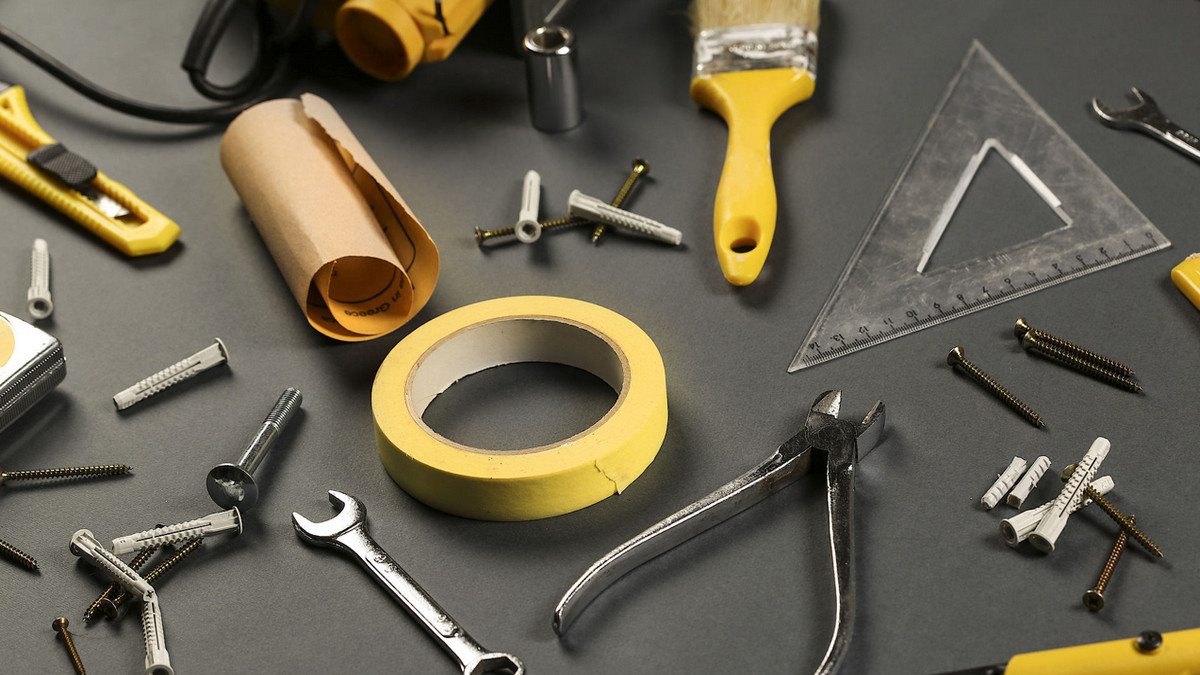
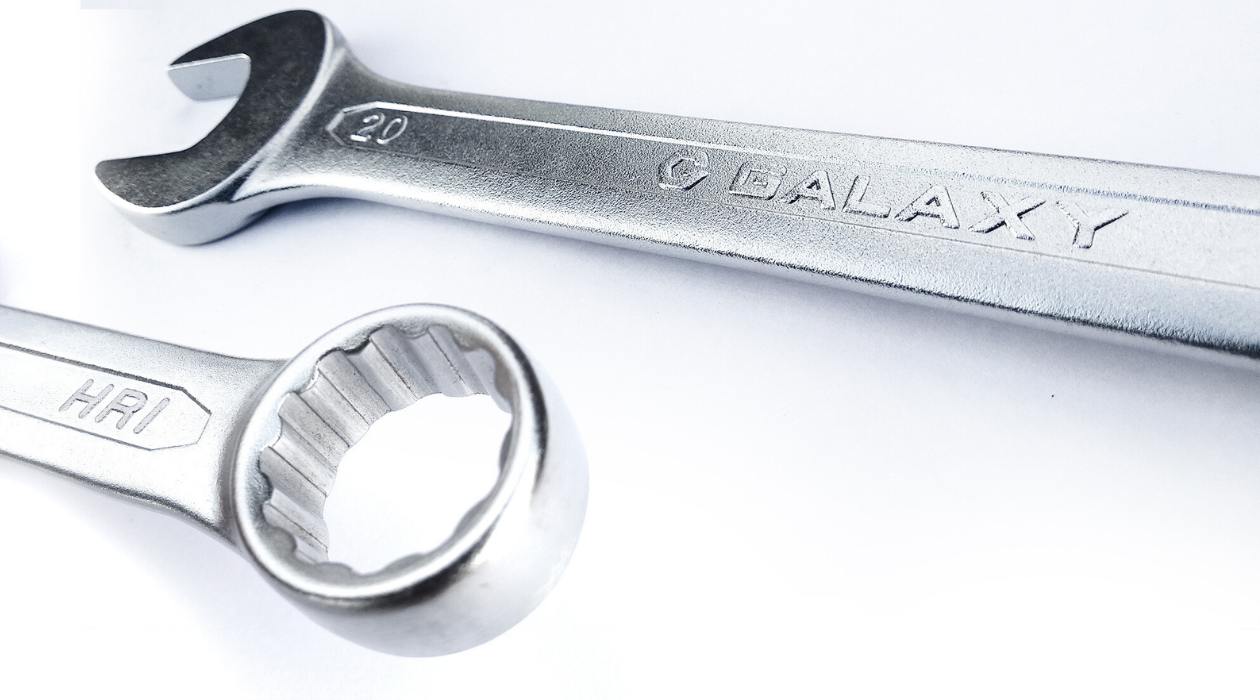
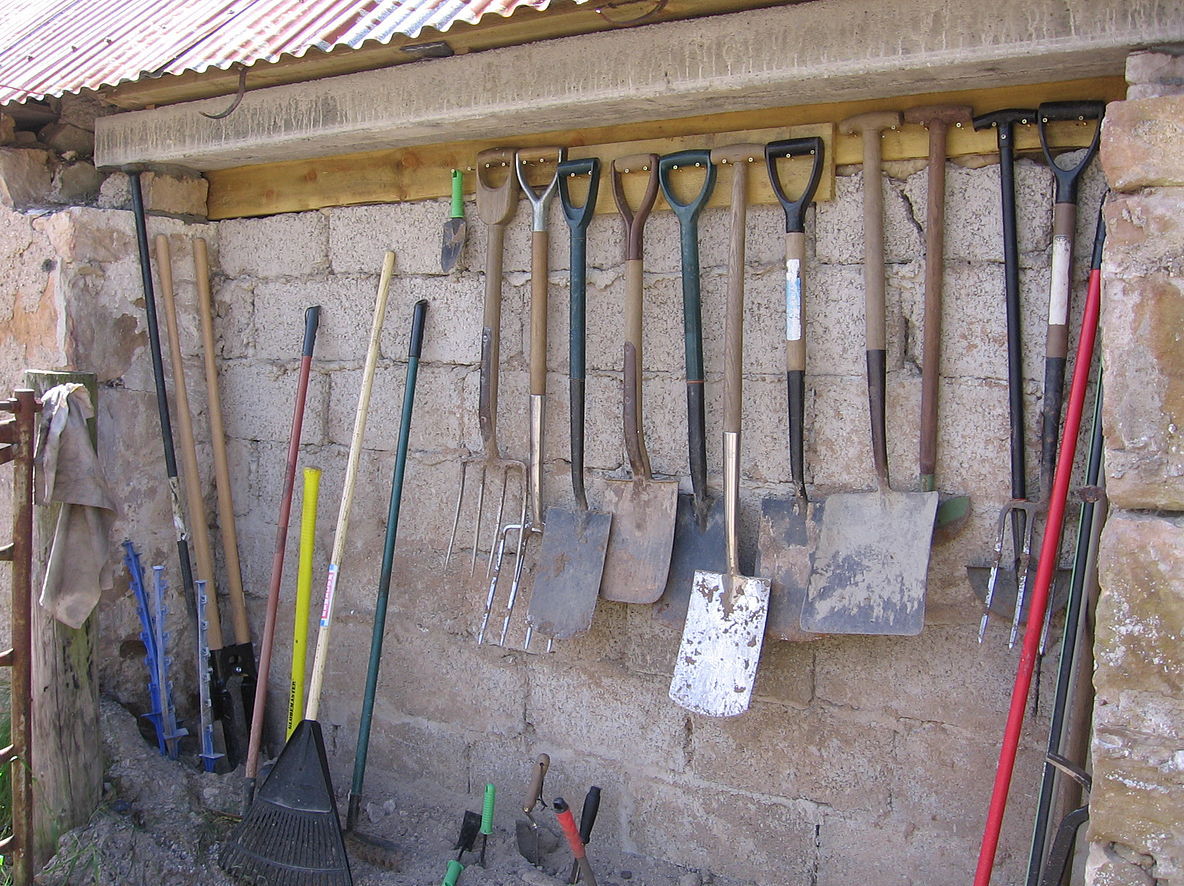
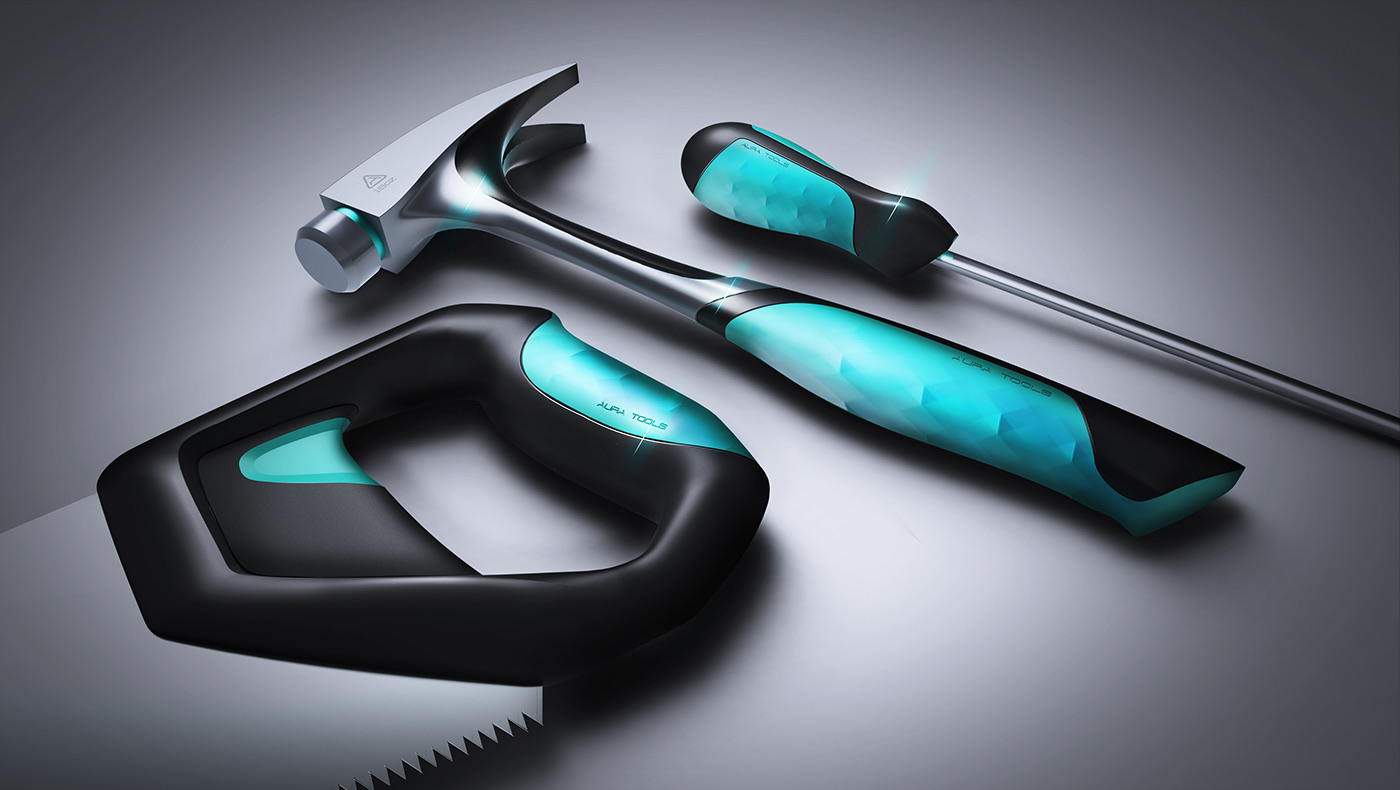
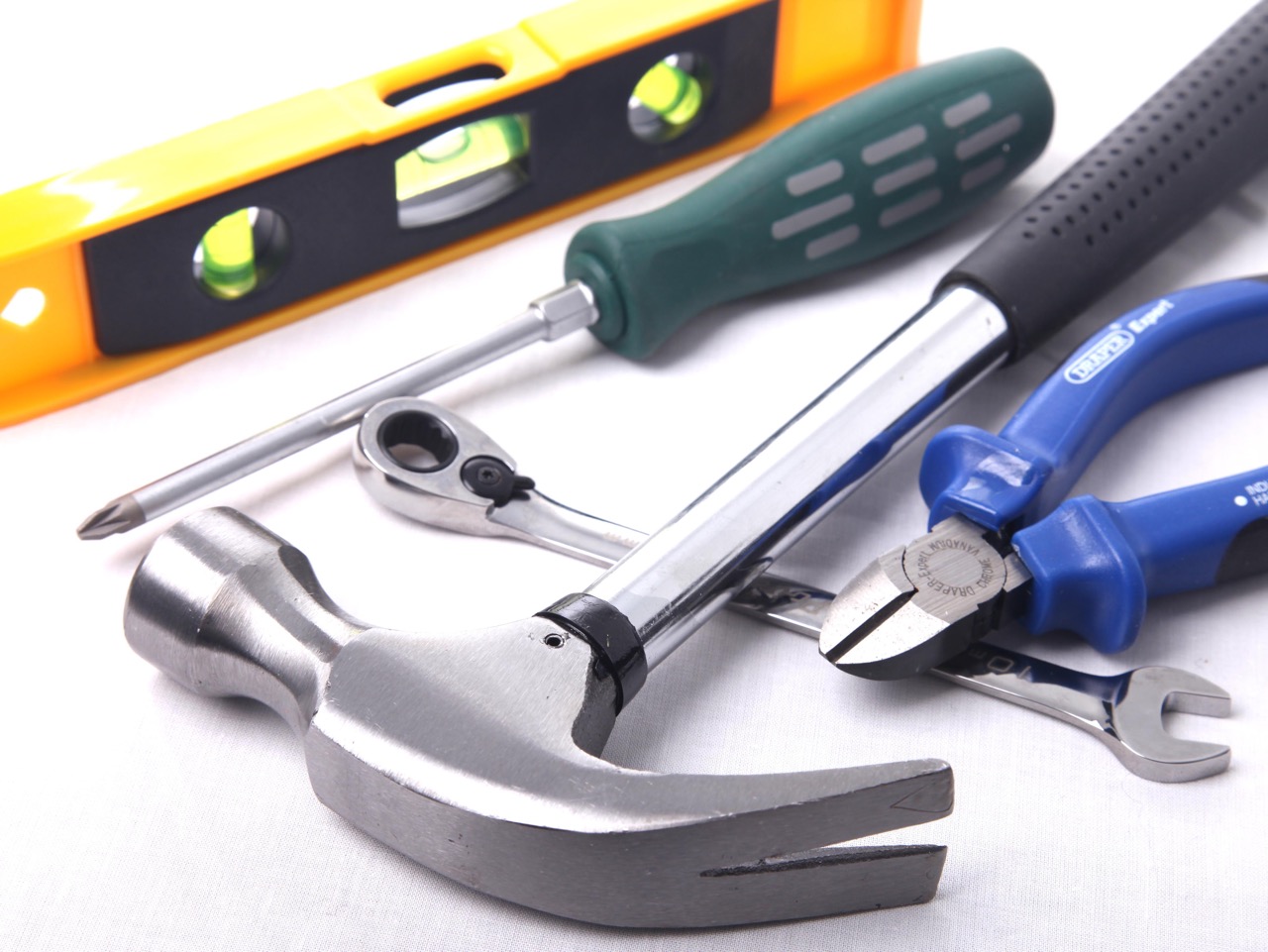

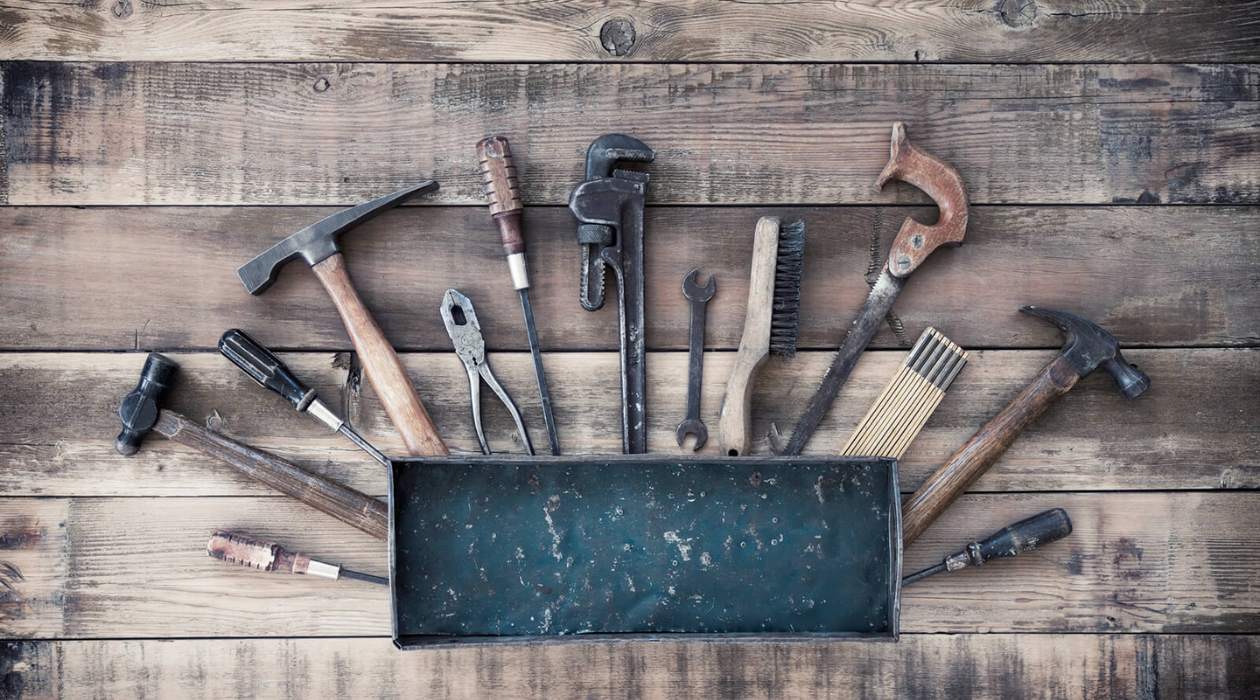
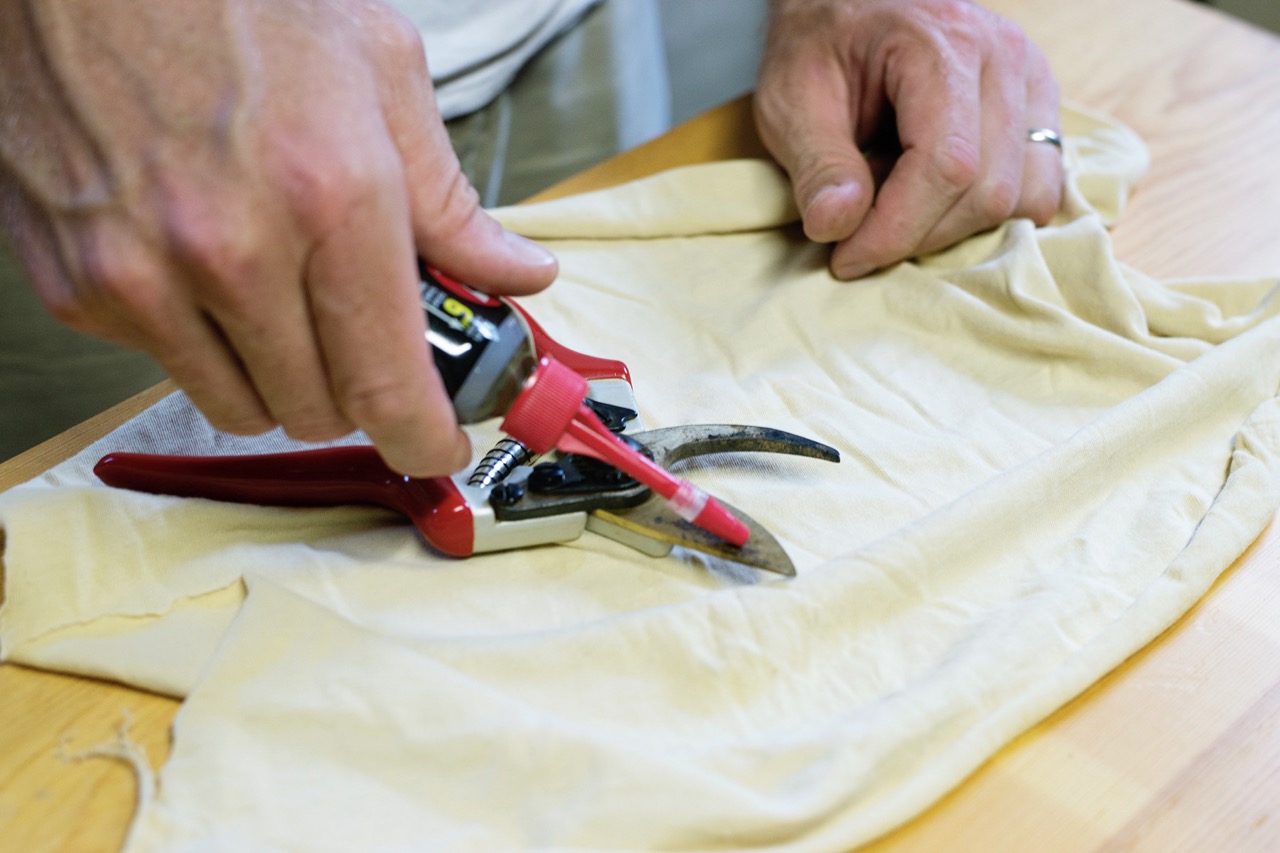
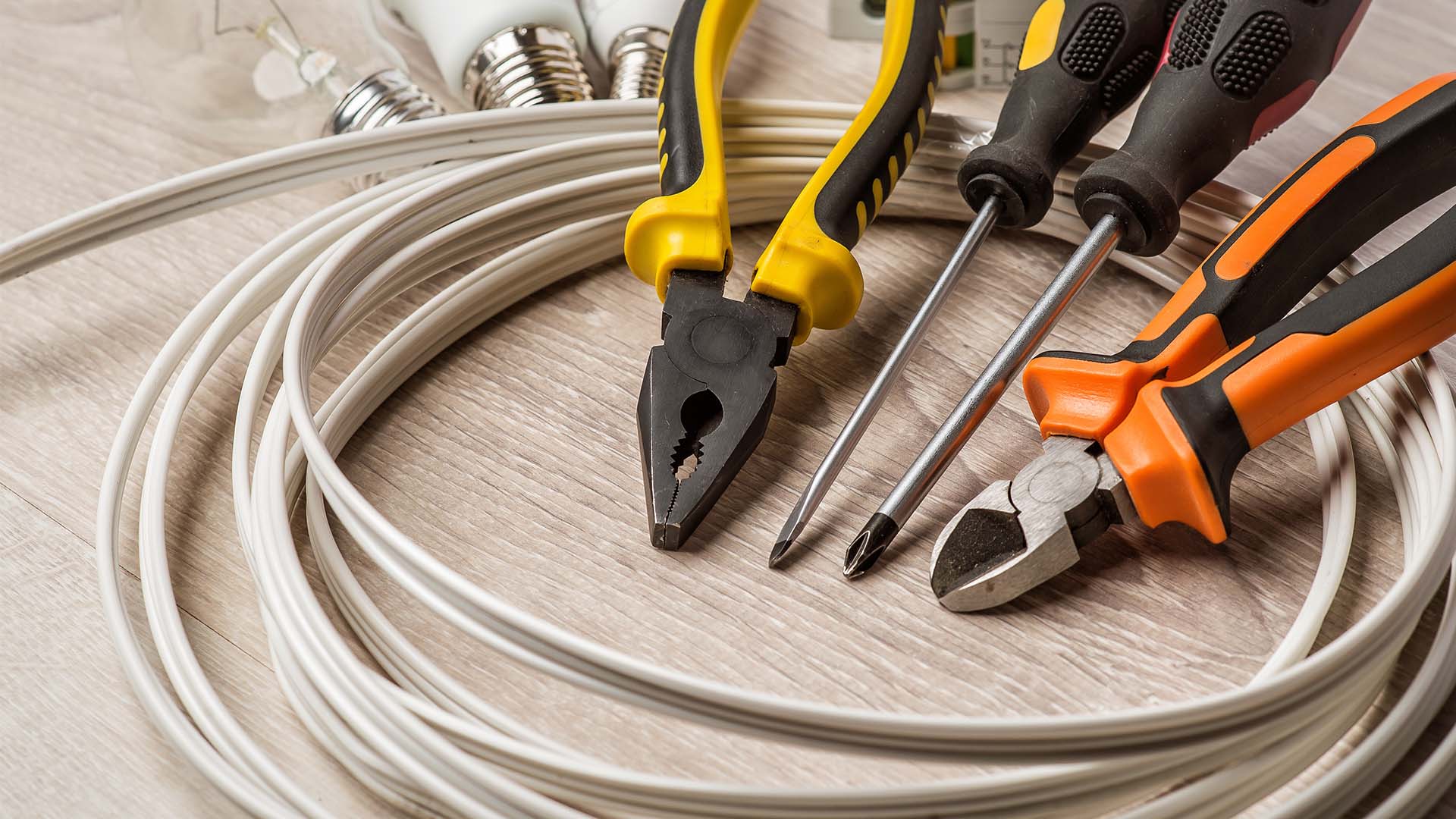



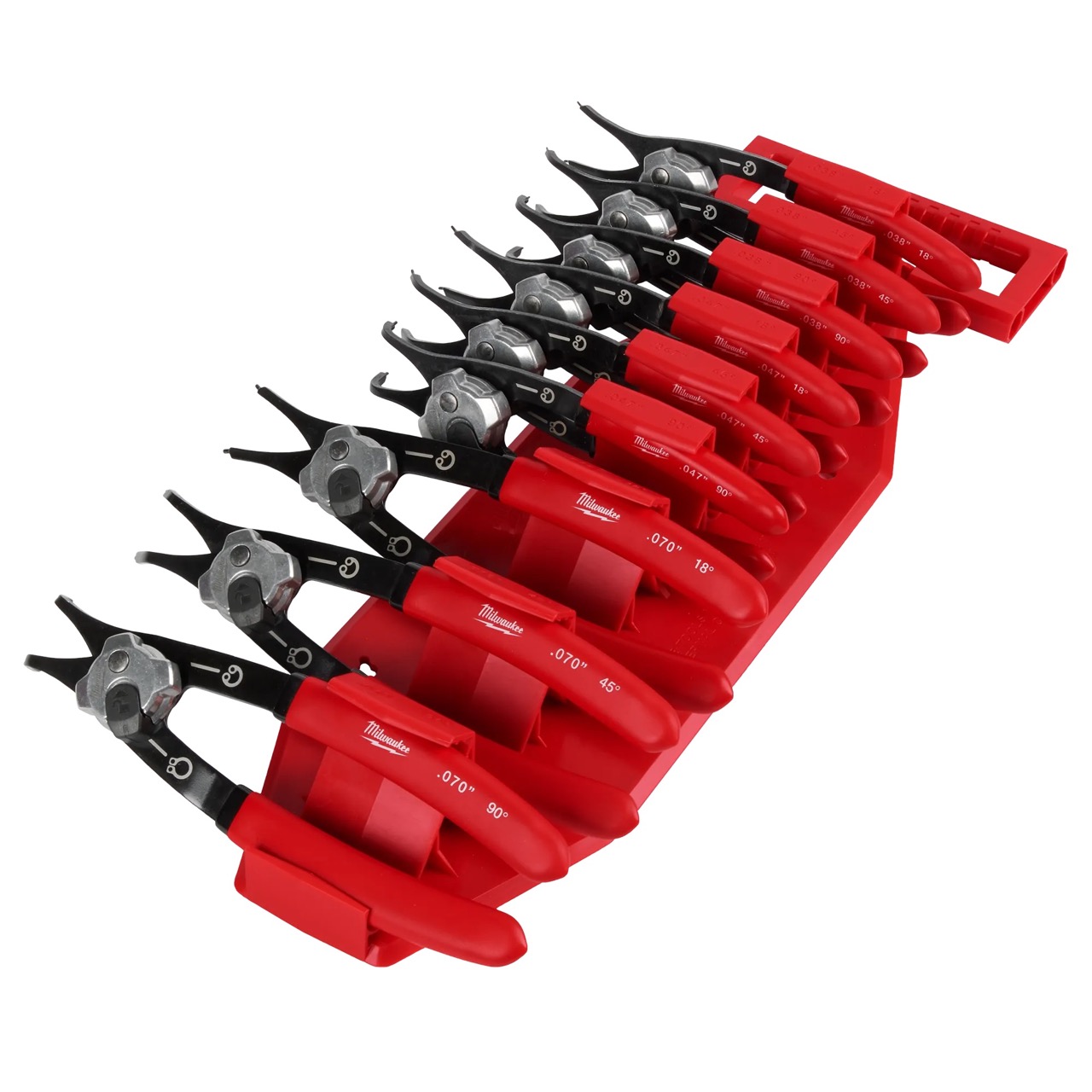

0 thoughts on “How Anthropometry Help Hand Tools For Workers”